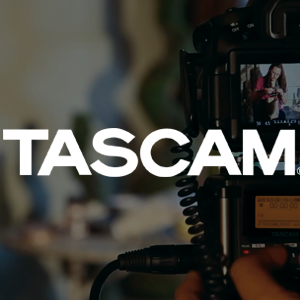Hashtags For Successful Brand Awareness
This is the first of a two-part series on creating hashtag campaigns for your brand. In this post, we will provide you with resources and how-tos to effectively create hashtags that work.
In the second post, we will review what makes a good hashtag campaign.
Hashtags can be a powerful part of your social media marketing efforts. Knowing hashtag dos and don’ts can help your brand and its various organic and paid campaigns gain recognition in a professional fashion.
STEP 1: RESEARCH A HASHTAG BEFORE USING IT
Researching hashtags insures that your brand is aware of its market needs and audience. It markets your existence to countless people who could be interested in your brand and your posts will serve as an archive of information and interests to be found even years later.
Do:
- Search for network hashtags through search engines, designated websites (http://hashtagify.me) and the network itself via the search box.
- Learn of an existing hashtag’s meaning and purpose, who uses it, specific subtopics, other hashtags used alongside it and when it is mostly used (times, weekdays, holidays etc.).
- Use hashtags that pertain to brands not solely individuals.
- Be specific and make sure that the hashtag is relevant to your company.
- Use hashtags for their purpose: to (1) help people find posts about specific topics they like or need to know about and (2) engage in conversation with others interested and knowledgeable in those topics.
- Use or create hashtags based on how the different networks operate. Networks vary on hashtag existence, limitations, popularity, associations, participation and success rates.
- Know the common hashtags used by industries similar to yours and how they are executed.
- Start interacting! Go to posts with hashtags you use and make new comments, interact with their commenters, share the posts and/or start following that page as well as pages associated with them.
Don’t:
- Subvert a hashtag against its intended purpose.
- Highjack another brand’s personal hashtag.
- Use hashtags that are or can likely be used to discredit your company or make it perceived to be unprofessional, immature, discriminatory or insulting.
- Jump on the bandwagon or use hashtags simply because you can. You don’t want to be seen as a spammer.
STEP 2: KNOW YOUR PLATFORMS.
Use the table below to refer to the hashtag basics for popular social media networks:
| NETWORK | SUPPORTS HASHTAGS? | SEARCH HASHTAGS? | WHERE TO USE HASHTAGS? | OTHER THINGS TO CONSIDER... |
|---|---|---|---|---|
| Y | Y | Posts, comments, names and profile descriptions. |
|
|
| Y | Y | Posts and comments. | Trending hashtags are shown on your newsfeed. | |
| Y | Y | Posts and comments. |
|
|
| Tumblr | Y | Y | Blog posts and notes. | You can follow hashtags and get new posts delivered to your dash. |
| Y | Y | Hashtags in description boxes, board titles, pin titles, comments, user profile description boxes and profile names will show up in search results. But, only hashtags in pin description boxes will be clickable and yield the best results. |
|
|
| YouTube | Y | Y | Video titles, descriptions and comments. | |
| Snapchat | N | N | Geofilters are used on a picture or video. |
|
| Flickr | Y | Y | Pictures and videos. Insert via the “add tags” box when making a new post. | After typing the hashtag in the search box, you can use the advance search feature for filters like size, orientation, date (uploaded or taken) and the poster. |
| Google+ | Y | Y | Posts, reviews and comments. |
|
| N |

















